06
Jul
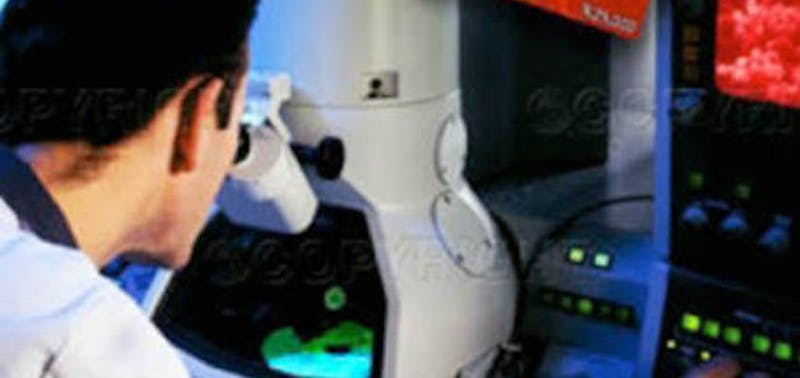
PRP and the FDA
“Platelet rich plasma (PRP) and fibrin matrix (PRFM), or autologous ( same donor same recipient) platelet derived growth factors, are proposed as an adjunct to standard treatment for a number of indications including wound care for the treatment of diabetic ulcers and venou...
View More06
Jul
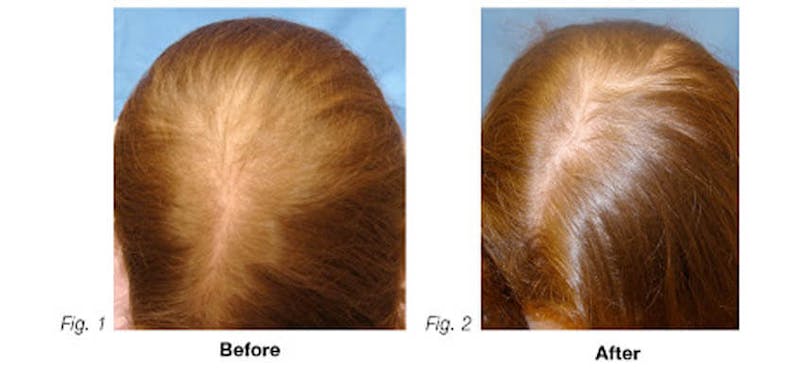
Stop the Fall Out!
Hair loss has a cyclical pattern so generally humans experience more hair loss in the Fall (October, November) and less hair loss in the Spring months. If you are experiencing more hair loss we now have multiple options that work, including FDA approved medicines such as Rogaine...
View More06
Jul

Can PRP cause Neoplasm? No
In medicine, one can “never say never”, but science demonstrates that PRP does not cause tumors. The secreted growth factors immediately bind to the external surface of the cell membranes of cells in the graft, flap, or wound via transmembrane receptors. Studies have ...
View More06
Jul
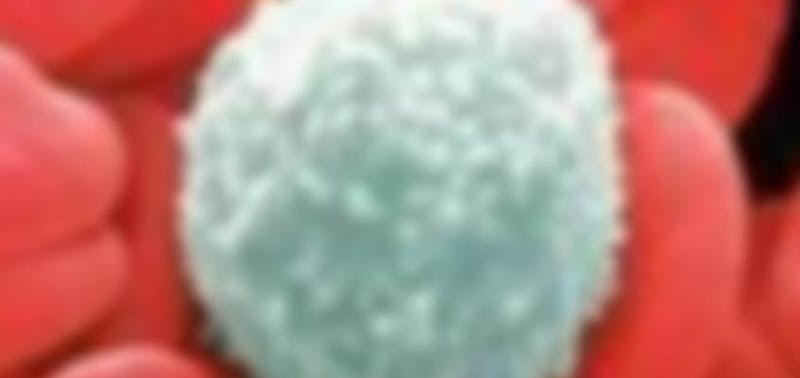
Can PRP cause Infections? NO!
PRP is actually bactericidal (a substance that kills bacteria). While platelets are increased in PRP processing so are leukocytes (white cells that fight infection) over 6 to 8 times. This is one reason why PRP is so effective in wound healing. Not only do the increased levels of...
View More06
Jul
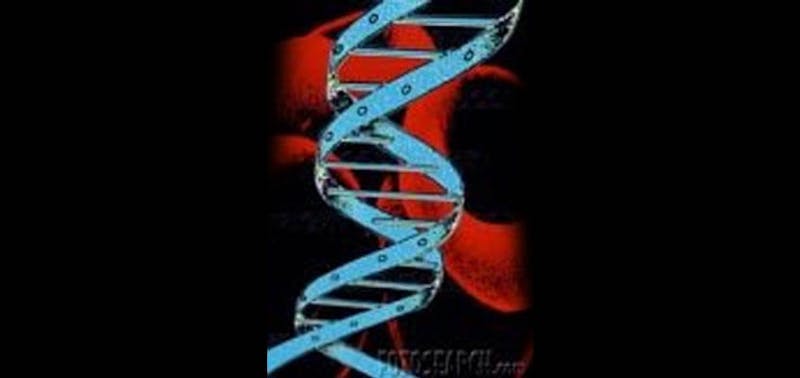
Benefits of PRP in Hair Transplantation
Numerous independent studies demonstrate promising positive effects of growth factors on transplanted hairs, such as, (1) decreased erythema (Redness), (2) crusting and (3) patient discomfort (Perez-Meza, 2006), (4) accelerated hair growth, (5) increased follicular unit size, and...
View More06
Jul
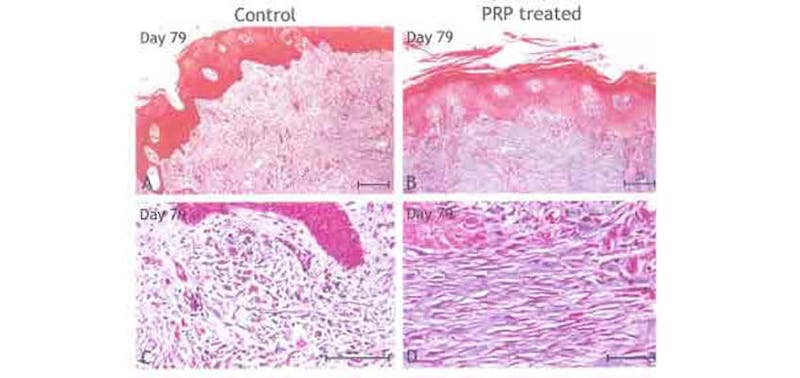
Benefits of PRP in Donor Sites
It has been objectively established that wounds, both acute and chronic, treated with PRP heal sooner, with less scar collagen and with a higher tensile strength. The goal in Hair Transplantation harvesting, Strip or FUE, is to decrease scaring and this study below demonstrates ...
View More06
Jul
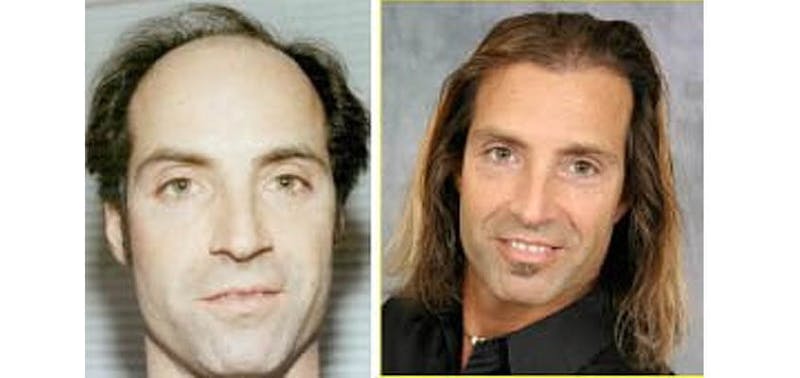
Back to the Future!
Utilizing PRP cellular therapy in Hair Transplantation While utilizing growth factors/extracellular matrix/stem cell/cultured hair cells complexes may be the future of hair multiplication, the current “State of the Art”, is and will be for quite some time, surg...
View More06
Jul
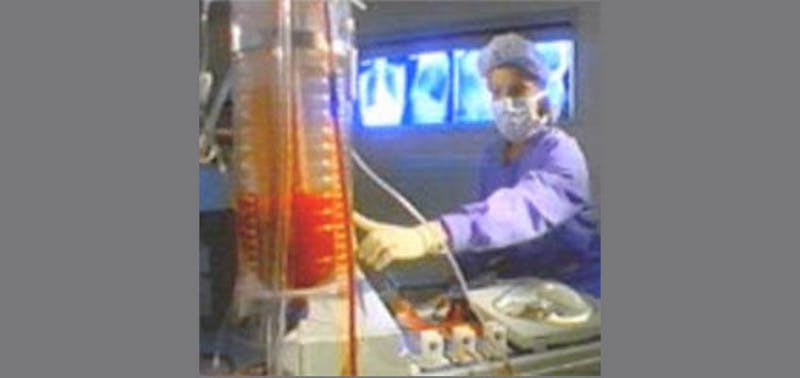
PRP Hair Miniaturization Study
Research Grant Report This research grant, “The Effects of Autologus Platelet Rich Plasma and Various Growth Factors on Non-transplanted Miniaturized Hair”, was awarded to Joseph F. Greco and Robert Brandt by the International Society of Hair Restoration in 2007 and t...
View More06
Jul

The Second Generation PRP
Orogen Plus (PRP with a “protein matrix”) What is the importance of a “matrix”? Think of a matrix as a “scaffold”. The scaffold entraps growth factors allowing the healing capable cells to multiply and remold the area of injury. Figure 1(above...
View More06
Jul
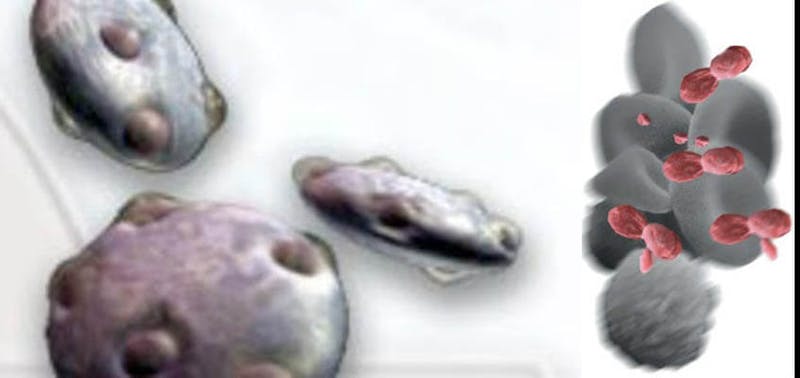
What are the Healing Cells in PRP?
(Platelets contain Proteins or Growth Factors) When platelets become activated they change shape (Fig 2) and emit growth factors that send chemical signals like emails and faxes to other growth factors to come back to the injured area where angiogenesis (formation of new blood c...
View More06
Jul
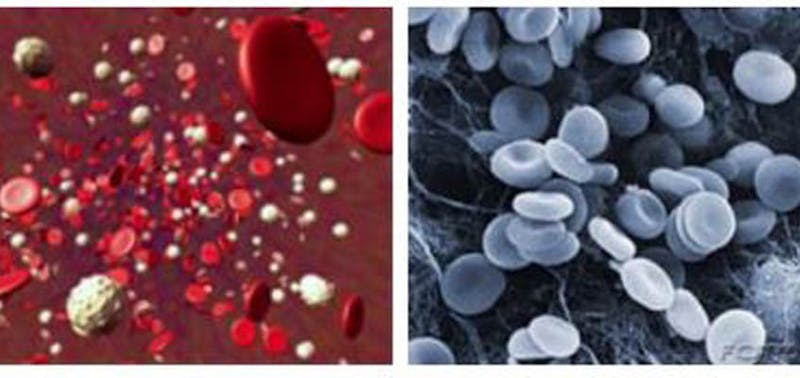
What is PRP?
Platelet Rich Plasma Plasma is the liquid component of blood, made mostly of water and acts as a transporter for cells. Plasma also contains fibrinogen, a protein that acts like a net and catches platelets at a wound site to form a clot. Blood contains plasma, red blood cells (RB...
View More06
Jul

Reversing Male Pattern Baldness
Can Infusion of Platelet Rich Plasma (PRP) Reverse Miniaturization of Non-Transplanted Hair? YES! Case Study This 26 year old patient was unable to take finasteride (Propecia™) do to side effects. Hair transplantation was done in the anterior hair line and the posterior cr...
View More